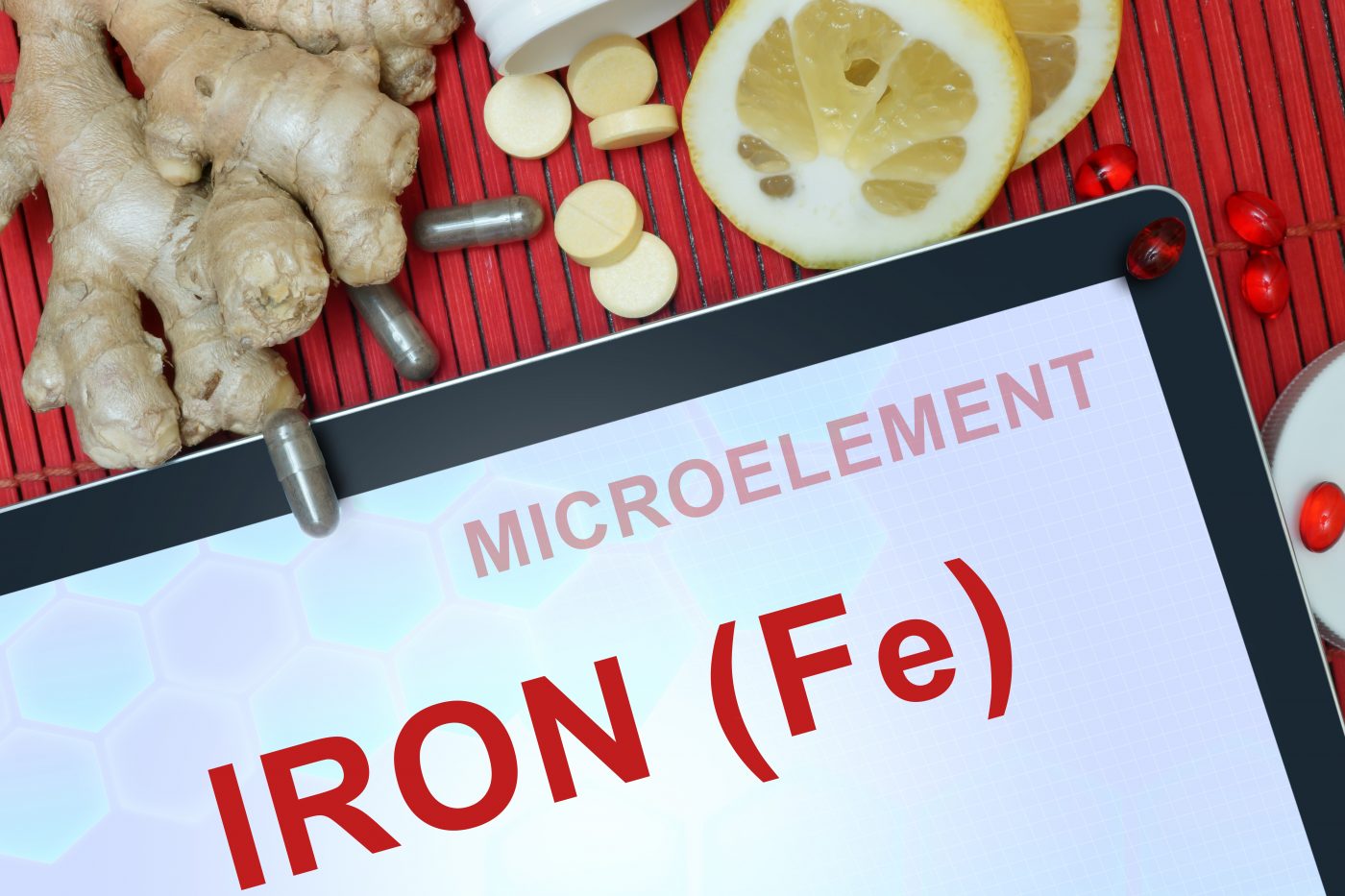Understanding how oxidative stress plays a role in endometriosis is important when designing new strategies to treat the condition or prevent its progression. A team of researchers at Metallogenics Co., Ltd. and Nara Medical University in Japan are investigating how oxidative stress evades the body’s natural antioxidant capabilities and how this can lead to malignant transformation (carcinogenesis) in endometriosis. The team conducted a review of what is known about this phenomenon and found that excessive oxidative stress may be involved in malignant transformation, but that upregulating antioxidant functions in endometriotic cysts may actually worsen the condition.
“Oxidant/antioxidant balance is a double-edged sword, promoting cell death or carcinogenesis,” stated the researchers in their review article, “Oxidative Stress and Antioxidant Defense in Endometriosis and Its Malignant Transformation,” which was published in Oxidative Medicine and Cellular Longevity. “Many theories have been elaborated so far to clarify endometriosis pathogenesis. It is a multifactorial disease resulting from the complex interplay of several factors, including epigenetic alterations, genetic mutations, chromosomal imbalances, and hormonal and environmental risk factors, such as chronic inflammation and oxidative stress.”
One of the main sources of oxidative stress are reactive oxygen species (ROS) formed from the interaction of hemoglobin and oxygen. Bleeding and red blood cell rupture is prevalent in endometriosis, and when this occurs, the iron component of hemoglobin is free to bind to oxygen, changing the oxidative state of oxygen and continuously generating ROS.
The continuous source of ROS is then free to harm cells. While it may seem natural to want to increase the amount of antioxidants available to offset the increase in ROS, this may actually lead to carcinogenesis and formation of endometriotic cysts, hence the description of “double-edged sword.”
Fortunately, researchers have acknowledged the paradox of ROS and antioxidants in endometriosis. Many teams are looking into new strategies to directly address this issue. “The well-established link between the prooxidant/antioxidant imbalance and cancer will open new avenues for the study of the mechanisms that lead to carcinogenesis,” wrote the authors. Controlling gene expression related to cell defenses against oxidative stress (such as genes for heme oxygenases and cytochrome P450 family proteins) may be a promising route.

